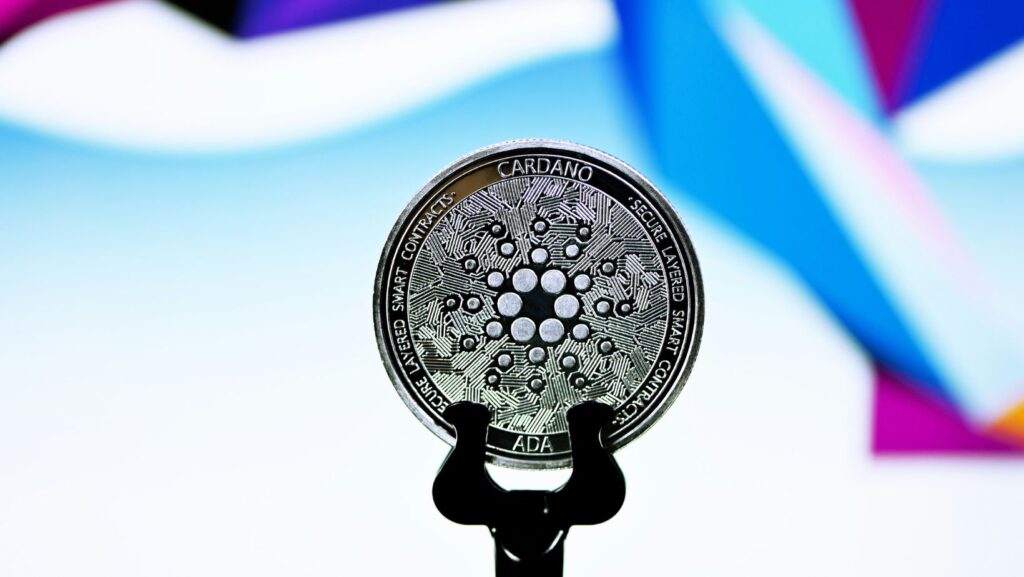
Brave, the lightning-fast, safe, and private web browser that reduces tracking and privacy risks, has recently announced the integration of Cardano’s blockchain onto its multichain crypto wallet. The 85 million users who engage with Brave on a monthly basis can manage ADA and custom, user-defined tokens supported by Cardano’s blockchain ledger directly within the browser. Put simply, they can send, receive, and exchange digital assets and participate in governance via the Brave Wallet.
The partnership with Input Output (IO), the leading developer behind the Cardano blockchain, illustrates Brave’s commitment to Web3 capacity building. This is part of Brave’s expansion into multichain support, which already includes Ethereum, Solana, and many others. Users can move assets between different blockchain networks without having to leave the wallet interface. The LI.FI protocol aggregates liquidity from various decentralized exchanges (DEXs) and bridges, so those interested get the best available routes and rates for their transactions.
Brave’s integrated support for the Cardano blockchain is a crucial development, and it’s likely to have a positive impact on ADA’s value, whereas the extent and impact can vary. Recent technical analysis supports an optimistic ADA price prediction, with indicators pointing to a strong upward trend. However, you should treat the prediction as an educated guess, not a certainty, and do your own research. To exchange ADA, you’ll need three things: a trusted crypto exchange, a good wallet, and sufficient funds. Hold onto your digital assets through market volatility, trusting in future growth.
According To Charles Hoskinson, The Collaboration With Brave Is A Natural Fit
Cardano aims to create a more secure and scalable platform that can support financial applications and services in the realm of decentralized finance (DeFi). The blockchain project, founded by Charles Hoskinson, a former Ethereum co-founder, is committed to peer-reviewed research and formal methods in software development. As claimed by Hoskinson, Cardano, and Brave have similar values – they’re a natural fit. Both envision a decentralized web where users own and control their data and digital identities, and clever, privacy-focused technologies like secure wallets act as “digital passports.”

Midnight will soon benefit from Brave Wallet support. Promoted as a fourth-generation blockchain, Midnight seeks to unite the blockchain community and enhance privacy via zero-knowledge proofs (ZK proofs). It features two tokens: NIGHT and DUST. NIGHT allows users to participate in the governance of the protocol, potentially influencing decisions about the platform’s future. Conversely, DUST powers chain activities, acting as fuel for the network. DUST is a non-transferable token. The collaboration between Brave and Input Output is a long-term partnership that sets the stage for innovation.
Cardano Enters The Long-Awaited Voltaire Era, The Final Era Of Its Roadmap
Cardano has a comprehensive, public roadmap that acts as a blueprint, guiding project teams and providing clarity for investors and stakeholders. The protocol’s evolution is marked by five distinct phases that roll out important upgrades and enhance its capabilities, namely Byron, Shelley, Goguen, Basho, and Voltaire. Cardano enters the Voltaire era, which seeks to make the protocol truly self-sustaining by allowing the community to propose, vote on, and implement changes to the network. When the Voltaire phase is implemented, Cardano will no longer be run by Input Output.
The final stage of Cardano’s roadmap introduces robust on-chain governance methods, such as community voting and a treasury management system, that empower ADA holders to shape the network’s future. Cardano has come a long way since its launch in 2017, often referred to as the “Ethereum killer” due to its ambitious goal of delivering a faster, more scalable, and energy-efficient alternative. Alongside governance upgrades, Cardano is exploring advanced scaling solutions like Hydra Mithril to become a global financial and social operating system.
ADA Has Been On A Downward Price Trend In The Short Term
For the past week, ADA has experienced a sharp decline, with figures around 10%. This appears to be the result of a mix of technical pressure and weakening on-chain activity, but it’s important to look at different timeframes for a complete picture. ADA has shown resilience over the past month, with gains of roughly 17% and 20%. The crypto market is renowned for its volatility, which means prices can change rapidly in very short periods. ADA’s price trajectory depends on technical indicators and market sentiment.
Partnering with Brave lends credibility and legitimacy to the crypto project, which can attract more investors, both retail and institutional, who might have been hesitant. The integration of Midnight will eliminate the need for a virtual private network. ADA is poised to join the U.S. strategic reserve alongside other major digital assets. The cryptocurrencies chosen for the reserve have solid technical foundations, and ADA certainly fits that criterion. Also, ADA is a unique asset due to its layered architecture, energy-efficient Proof of Stake consensus mechanism, and focus on smart contracts and decentralized applications (dApps).
The Brave And Cardano Partnership Substantiates The Maturation Of Web3
Brave has integrated support for the Cardano blockchain as part of its core functionality, allowing direct access to ADA and governance features, such as treasury withdrawals. Not only does this enhance user experience and accessibility for ADA holders, but it also cements Brave’s position as a leading gateway to a multichain future. The Brave and Cardano partnership goes to show that Web3 is beginning to mature – it’s more than just a technological evolution; it’s a movement that resonates with people.

The transition of Web3 from hype to an integral part of our lives is rife with missteps, learning, and adaptation. Blockchain, the underlying technology of the next evolution of the Internet, enables individuals to interact securely and participate in open, trustless ecosystems. Crypto fosters innovative financial models that break free from traditional banking systems, enabling borderless transactions with relatively low fees. Of course, Web3 isn’t a fix-all for the problems that trouble Web2.
Concluding Remarks
Looking ahead, Brave’s collaboration with Cardano is expected to deepen further. As Brave evolves into a holistic Web3 platform, Cardano continues to expand its governance and utility features. The close, prolonged association between the two could stimulate even more robust technological advancements.












